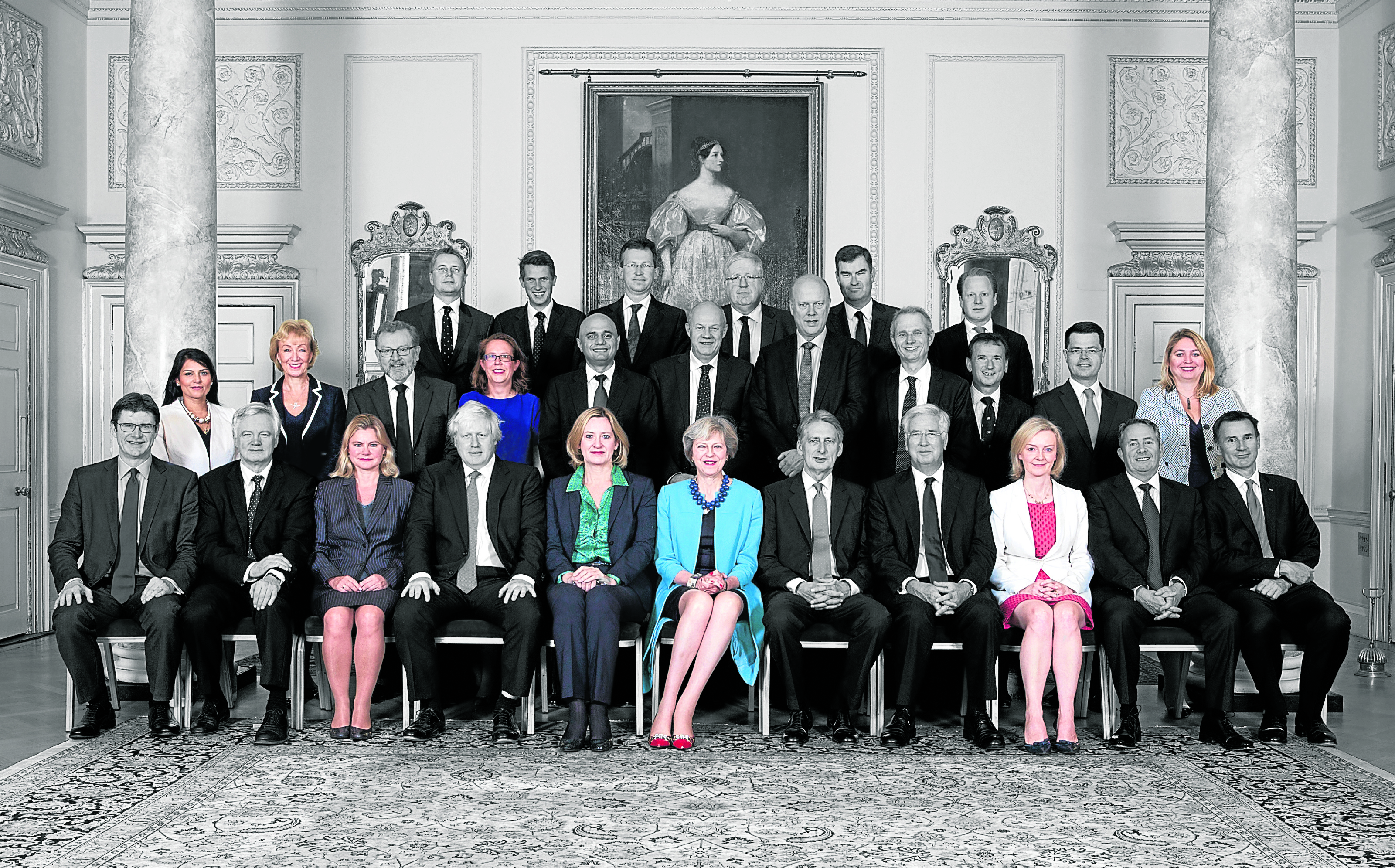
TWO stories really caught my attention this week – and no, I’m not talking about Donald Trump.
The first was the death at 105 of war correspondent Clare Hollingworth, who broke the news of the Nazi invasion of Poland.
That certainly put my day into perspective, although who knows in time what significance will be attached to the things we are reporting now.
The second was a report by MPs calling on the UK Government to legislate to ensure at least 45% of parliamentary candidates are women.
I wonder what Clare, on the frontline all those decades ago, would have made of that?
Hers was an extraordinary life, and I expect being a woman was the least remarkable thing about it.
The Commons Women and Equalities Committee study concluded that the lack of female MPs relative to the numbers of men represented a “serious democratic deficit”.
It urged ministers to set the same (45%) target for all representatives in Parliament and in local government by 2030.
And it advocated setting a statutory minimum proportion of female parliamentary candidates in general elections for each political party, with fines or other sanctions for failure to comply.
Only 30% of MPs are women, with the UK now ranked 48th globally for female representation in the lower or single legislative chamber.
Worryingly, this is a fall from 25th place in 1999.
A brief discussion with a colleague reveals a mutual disbelief that the percentage is so low – we agree the colourful jackets breaking up the navy, grey and black suits perhaps give a false impression.
Our chat prompts me to think about the number of women in the Parliamentary Press Gallery.
“There are quite a few,” I remark to another colleague – she responds scathingly.
A brief look at the full list of members indeed justifies her reaction.
In 11 pages I count 58 female names – and to get to that number I have to include political journalists not actually based at Westminster.
Like the chamber, it’s undoubtedly a male-dominated environment. But I think – and I hope you’ll appreciate my honesty in saying this – seeing a handful of big-hitters on the news had definitely skewed my perception.
This is clearly part of the problem if simply seeing women around creates the wrong idea they are equally represented.
And it’s not just about the number at any given time either – it’s about churn. How many of the current cohort who want to come back after maternity leave, for instance, will feel able to?
There’s also the issue of how women in Parliament are viewed and treated by some – albeit not all – of the men around them.
From this week alone I could give you a couple of examples of remarks that would not have been uttered were I a man – including the suggestion by an MP, who shall remain nameless, that I ask my husband to buy me an outfit from a particularly upmarket clothing store when I describe it as out of my price range.
How easy it would be to implement the committee’s proposals is debatable.
There’s also the risk good people might slip through the net under such a system.
One friend who would have made an accomplished parliamentarian could not stand for his constituency seat at last year’s Holyrood elections because of the SNP’s all-women shortlist policy where MSPs were standing down.
What’s more, I wouldn’t want to think my gender had played any part in my securing a particular job.
That said, we’re not starting from a level playing field – so if I have the same skills and end up doing said job well, dare I say better, does it matter?
These arguments apply to the representation of ethnic minorities too.
According to House of Commons library figures, just 6% of MPs and peers are from an ethnic minority background, compared with 13% of the UK population – so less than half.
The number of ethnic minority female MPs nearly doubled after 2015 but at 3% (20 of 650) it remains low.
Fundamentally, whatever your views on positive action, the UK is a representative democracy so parliament must be representative of the people it purports to represent.

Enjoy the convenience of having The Sunday Post delivered as a digital ePaper straight to your smartphone, tablet or computer.
Subscribe for only £5.49 a month and enjoy all the benefits of the printed paper as a digital replica.
Subscribe